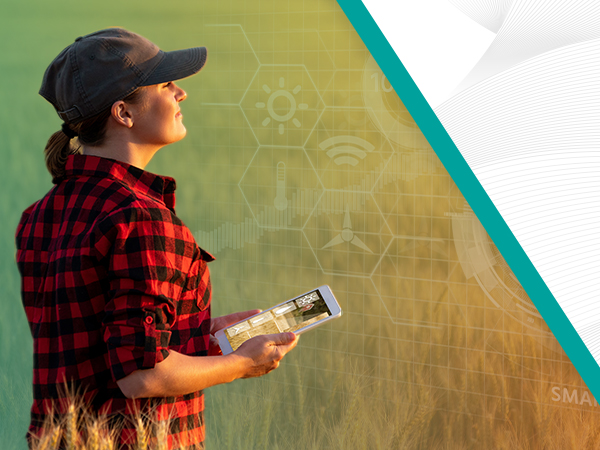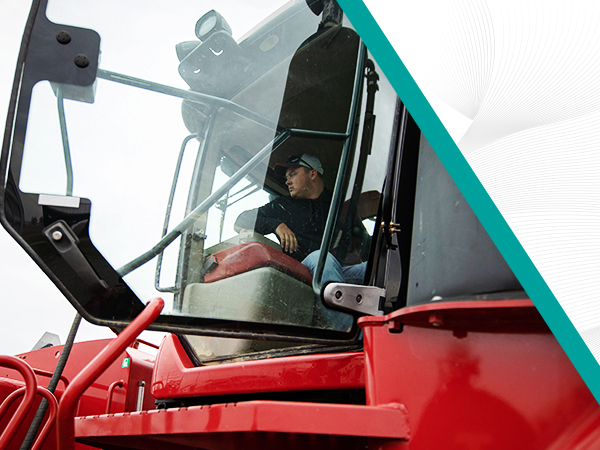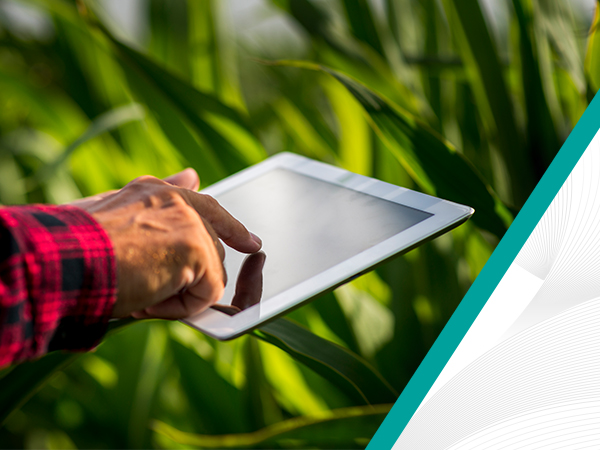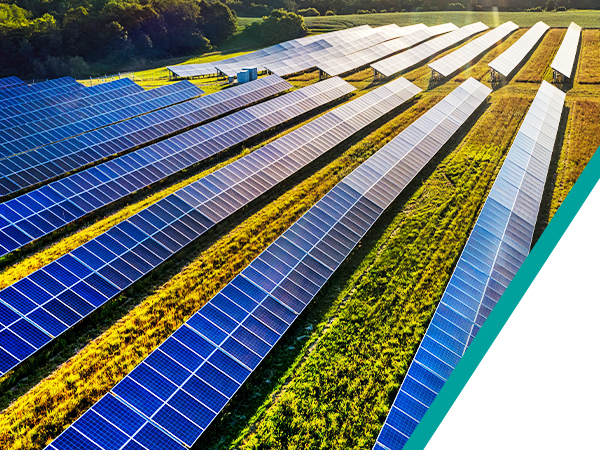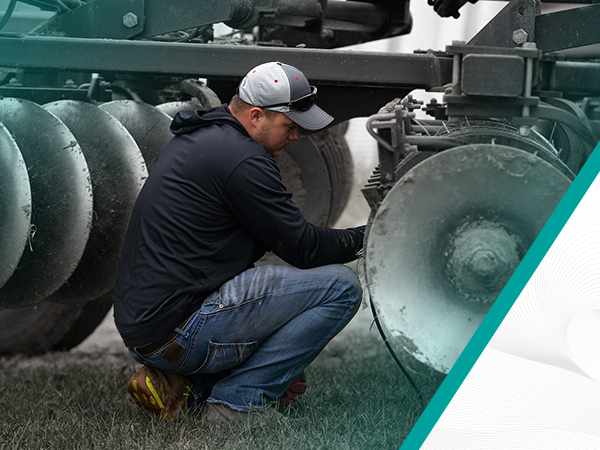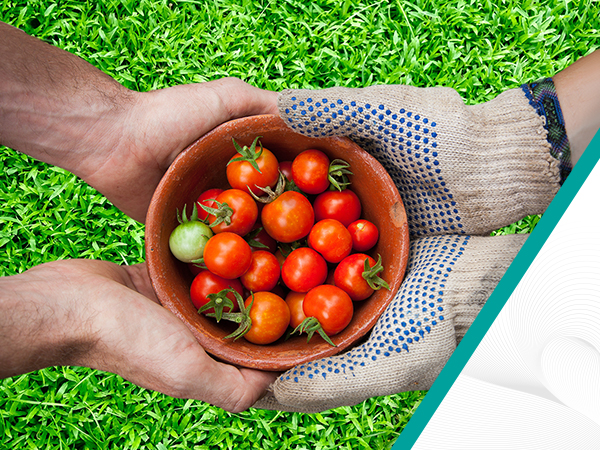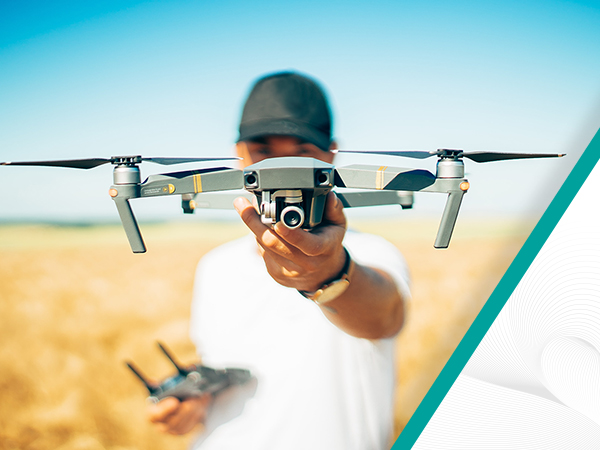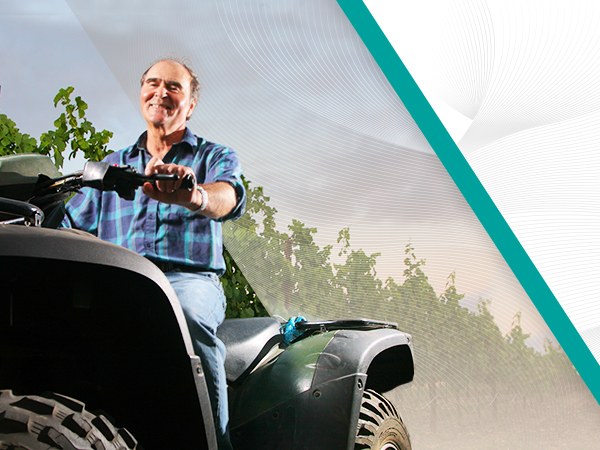

ATV is the acronym for all-terrain vehicle, a four-wheeler that can usually accommodate a single driver in a straddled seating position. ATVs are steered using handlebars, like a regular bike, with a thumb throttle to control acceleration and a brake handle or foot pedal to brake. They are designed to be maneuvered easily over challenging terrain and can sometimes be fitted with ROPS for protection against accidents. ATVs are often used for recreational activities as well.
RELATED ARTICLES
Keep an Eye Out: New Trends in the AG Industry 2023 is rolling to an end, but industry advancements and changes remain …
Harvesting Success: Crop Rotation and Cover Crops Crop rotation and the use of cover crops are key tools for sustainable farming practices …




